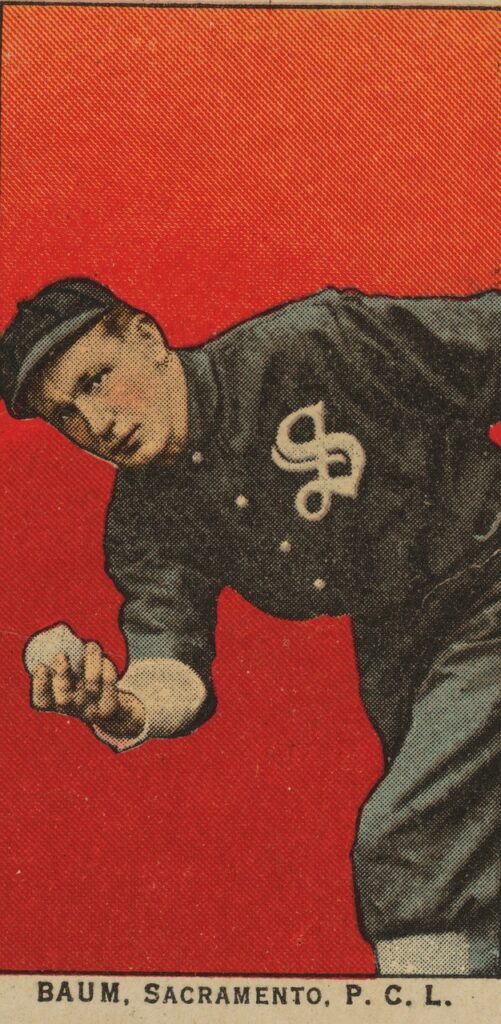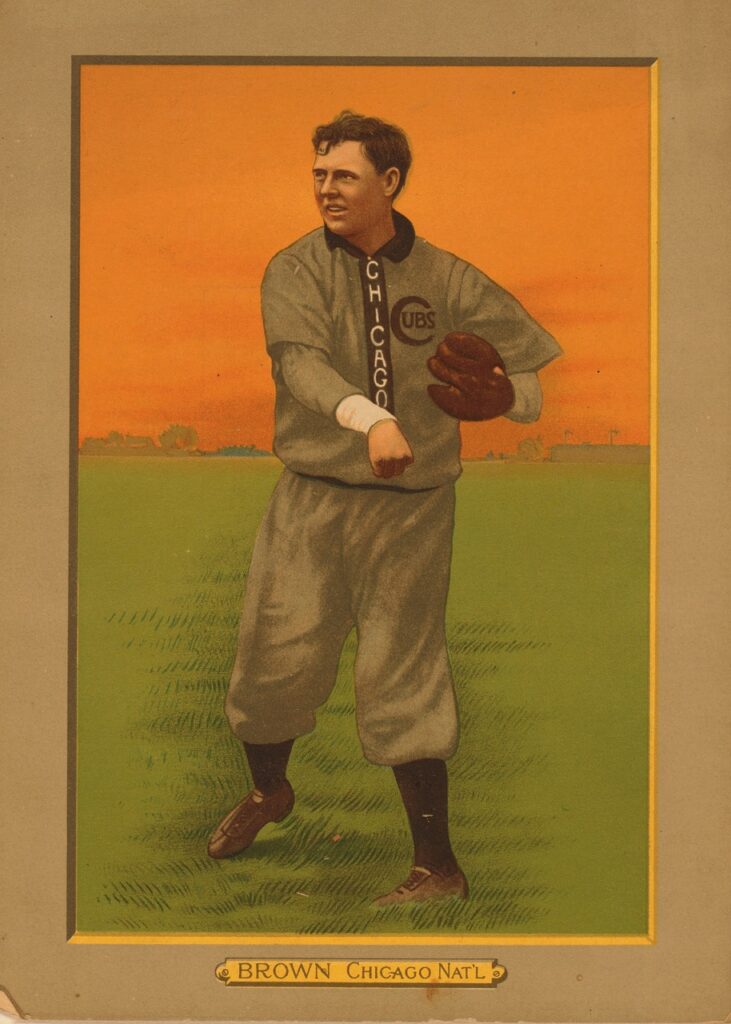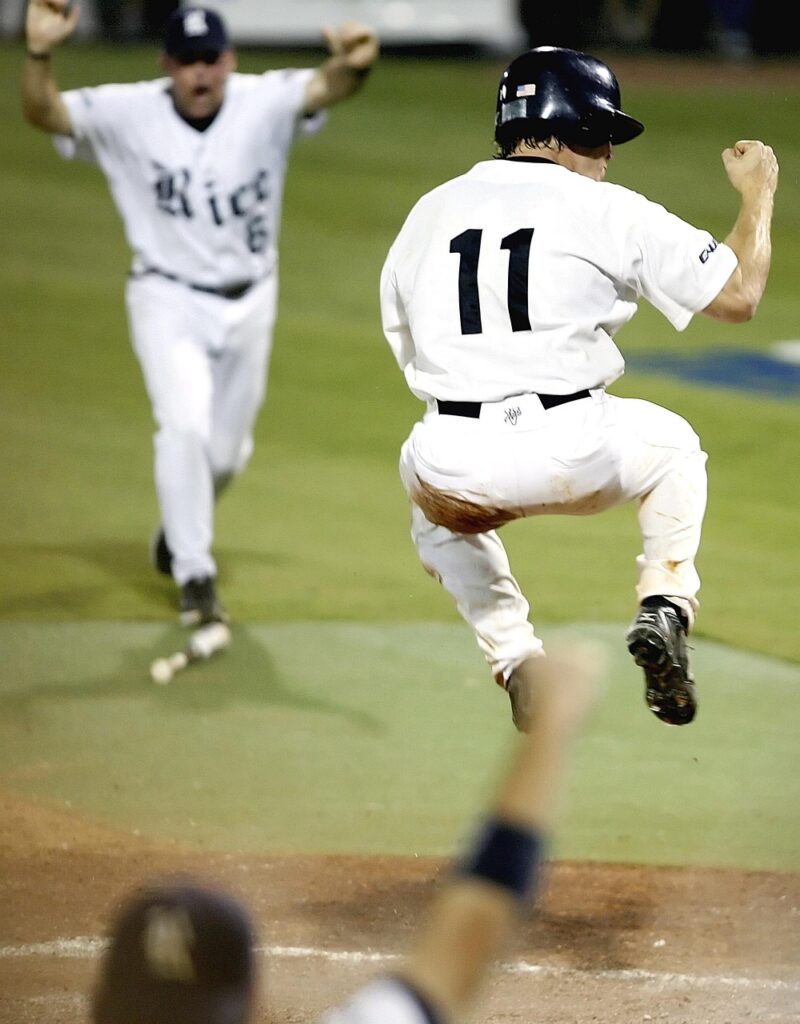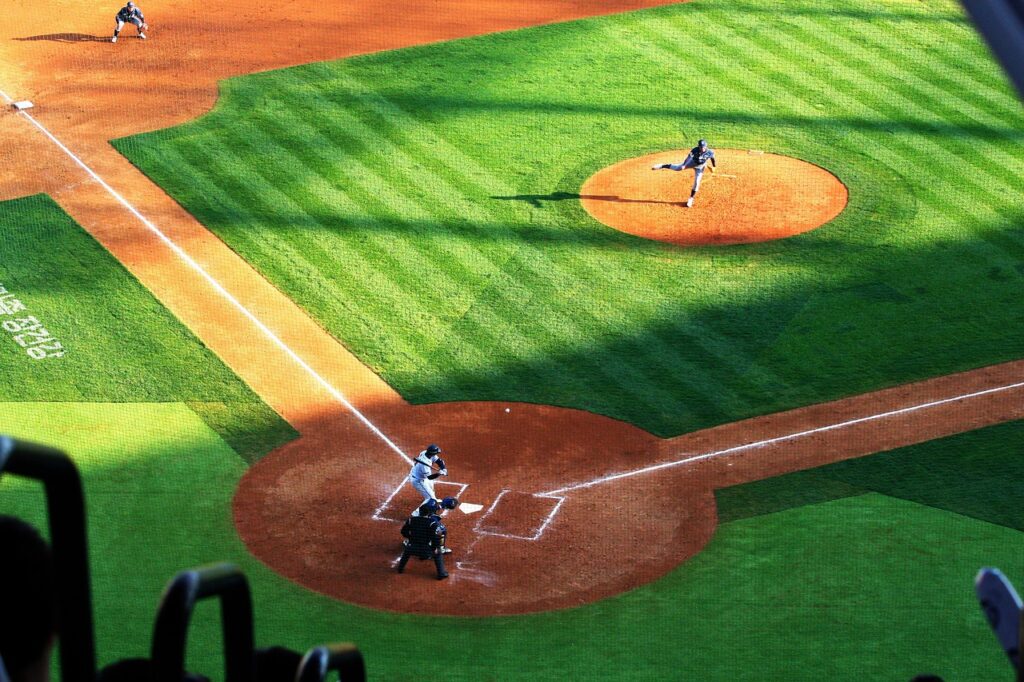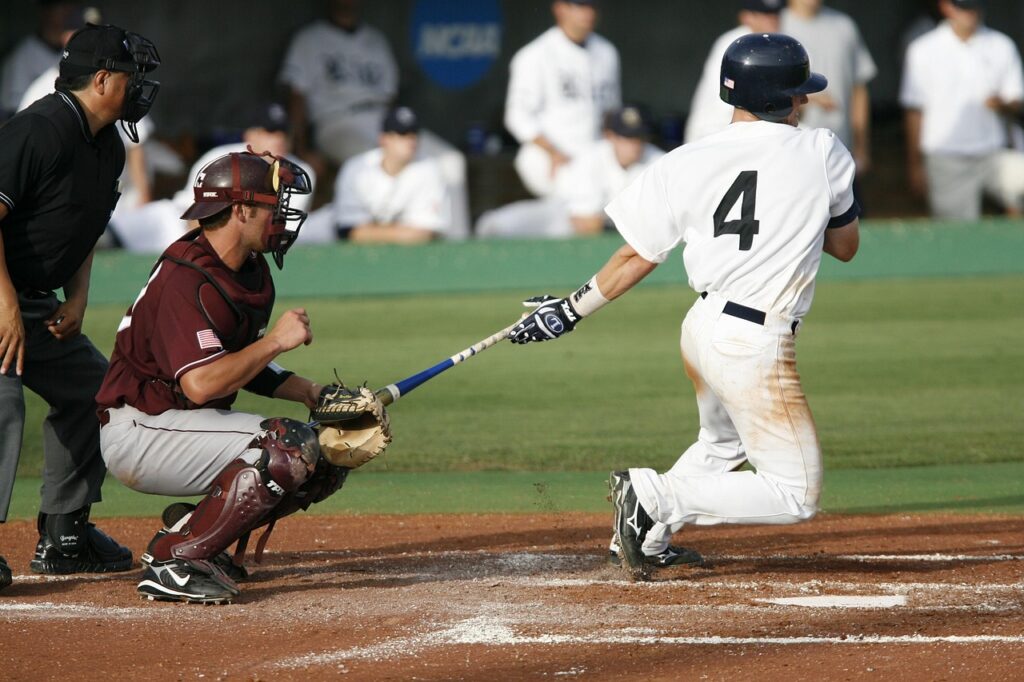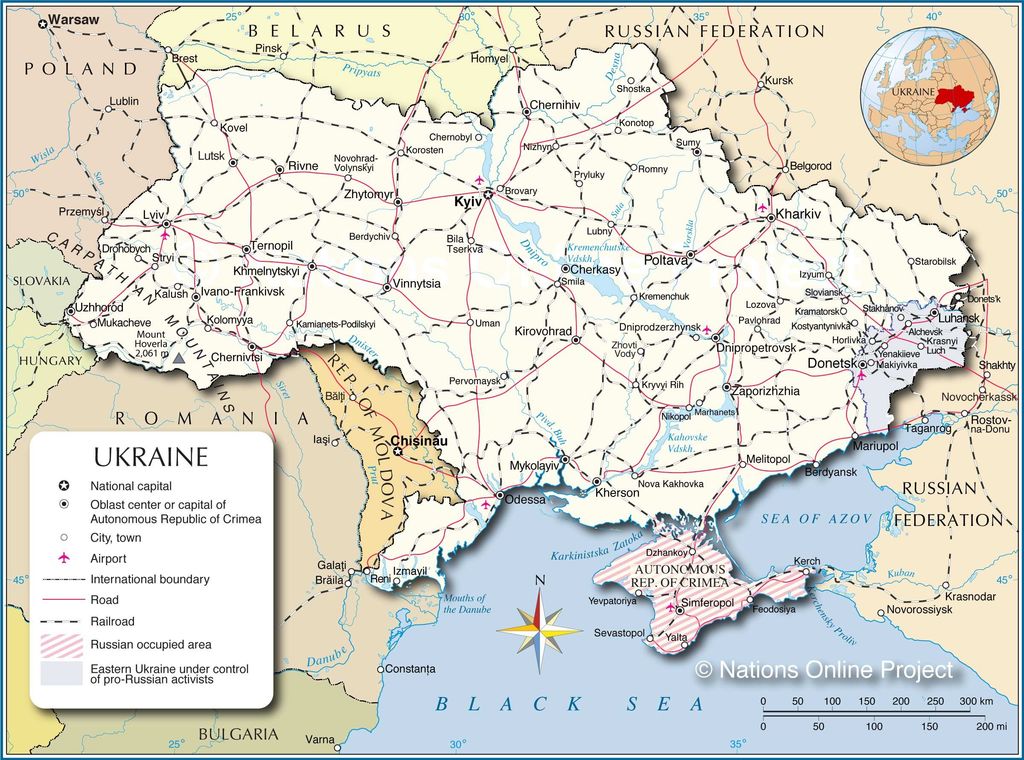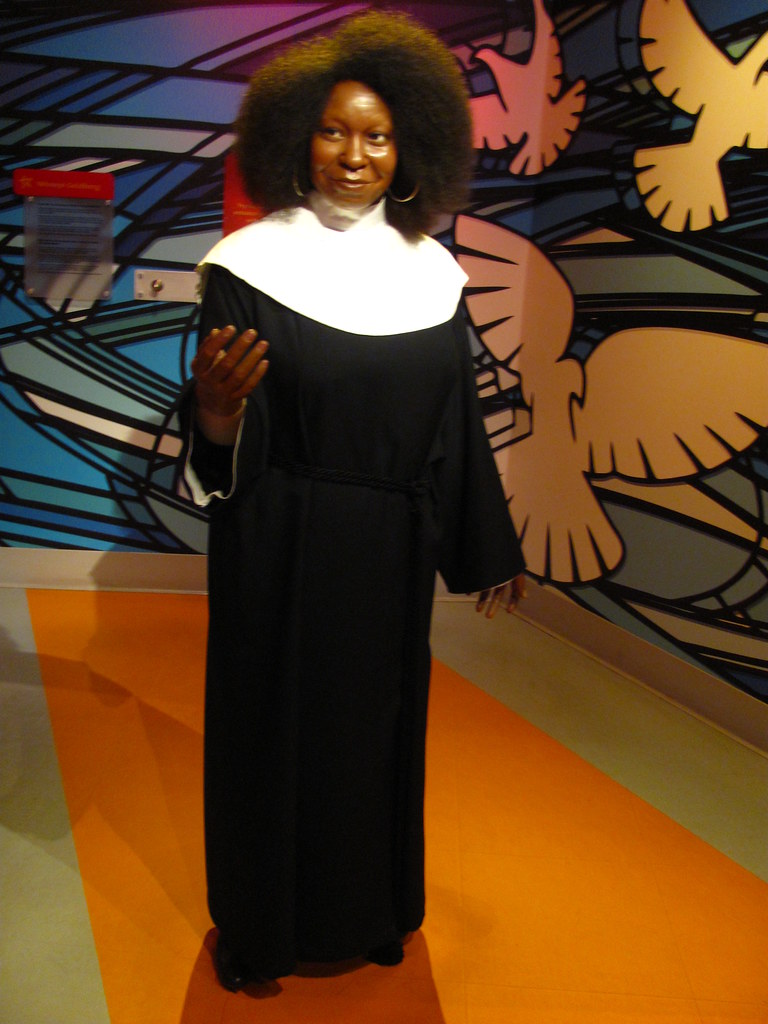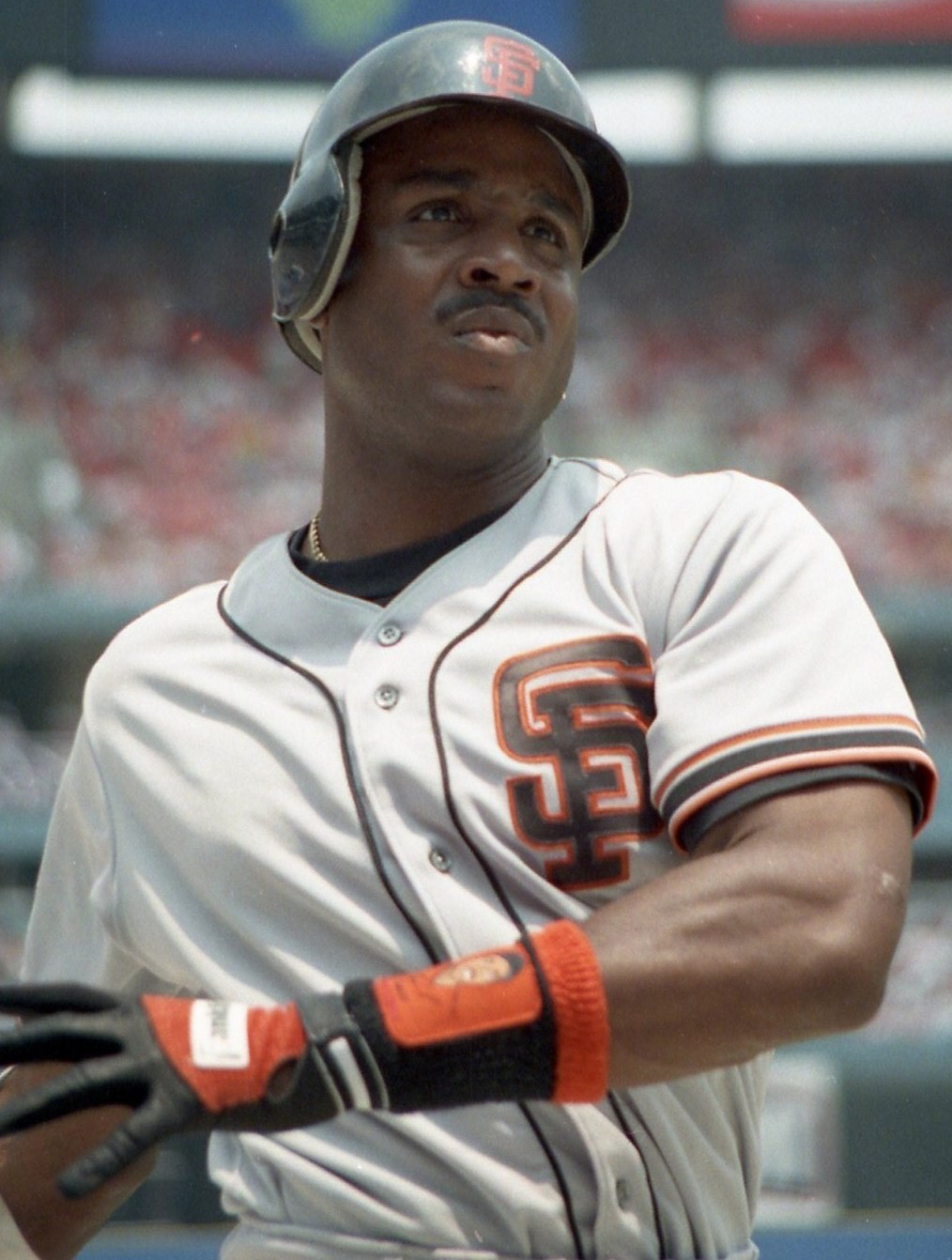
The year 1993 stands as a monumental and pivotal chapter in the annals of Major League Baseball, a season that delivered an unparalleled blend of individual brilliance, team drama, and a fiercely contested pennant race that many still refer to as ‘The Last Real Race.’ It was a campaign that witnessed extraordinary performances, surprising ascensions, and heart-wrenching near misses, all unfolding under the shadow of impending structural changes that would fundamentally alter the landscape of America’s pastime forever.
Indeed, the collective memory of the 1993 season is dominated by the epic struggle in the National League West, where two titans, the San Francisco Giants and the Atlanta Braves, pushed each other to their absolute limits. This intense, season-long duel represented a contest where ‘every game mattered to the utmost,’ a battle for supremacy in an era before backdoor entries and expanded playoff formats diluted the significance of regular-season excellence. It was a stark reminder of a bygone baseball philosophy, where a hundred victories might still not be enough.
This article embarks on an in-depth examination of this remarkable season, recounting the key players, teams, and moments that defined a year brimming with narrative richness and competitive fire. From the personal triumphs of newly minted managers and record-setting sluggers to the captivating sagas of underdog teams, we delve into the core stories that made 1993 a legendary year, marking what felt like a final, glorious curtain call for an age of raw, unadulterated baseball drama.

Atlanta, fresh off two consecutive World Series losses, entered the season with sky-high expectations, having acquired the reigning Cy Young Award winner, Greg Maddux, in the offseason. Many in baseball were ‘convinced that Atlanta had created its own level of unmatched power.’ However, the Braves ‘sputtered out of the gate, thanks to a problem that no all-world pitching staff could remedy: Weak hitting.’ Meanwhile, the San Francisco Giants, buoyed by new ownership and the blockbuster signing of Barry Bonds, ‘blasted miles ahead into first place,’ surprising many who predicted them to be no better than a .500 team.
Despite the Giants’ early dominance, the Braves began to claw their way back, narrowing a double-digit deficit by the All-Star break. The turning point for Atlanta came in late July with the acquisition of first baseman Fred McGriff from the San Diego Padres. His arrival, dramatically coinciding with a press box fire that ‘provided a symbolic gesture for the Braves’ offense,’ sparked an immediate offensive resurgence. The Braves, who were 53-41 pre-McGriff, became ’51-17′ with him, taking advantage of a Giants team that ‘cooled—then iced over at the worst possible moment.’ Atlanta swept a crucial four-game series at Candlestick Park in late August, seizing first place and setting the stage for an unforgettable conclusion. Heading into the season’s final day, both teams held ‘identical records of 103-58,’ amplifying the pressure to an almost unbearable degree, a testament to the sheer competitive intensity of this unforgettable divisional clash.

Bonds’ performance throughout the year lived up to, and arguably exceeded, every expectation generated by his record-setting contract. He ‘hit .336 in 1993, leading the league with 46 home runs and 123 RBI,’ figures that underscored his unparalleled offensive prowess. This remarkable output earned him ‘his second consecutive MVP award and third overall (of an eventual seven),’ solidifying his status as the premier player in the game. His ability to consistently deliver prodigious power and an elite batting average made him the centerpiece of a Giants offense that defied preseason predictions.
Beyond the raw numbers, Bonds’ presence had a transformative effect on the team’s morale and performance. He was the ‘other big fish in the free agency pond’ that new San Francisco management, led by grocery tycoon Peter Magowan, ‘pleasantly stunned Giants fans’ by catching. His powerful bat and intense competitive drive set a new standard for the Giants, propelling them into contention. Furthermore, in a touching tribute to his lineage, ‘To honor his father, Bonds switched his jersey number to 25 once he signed with the Giants, as it had been Bobby’s number in San Francisco,’ adding a layer of personal significance to his already impactful season.
3. **Dusty Baker’s Triumphant Managerial Debut**One of the defining stories of the 1993 San Francisco Giants season was the highly anticipated managerial debut of Dusty Baker. Having previously served as the hitting coach under Roger Craig, Baker possessed an intimate understanding of the team and its players, a crucial advantage as he stepped into the demanding role of head honcho. His promotion represented a significant shift in leadership, bringing a fresh perspective and a familiar face to the dugout at a time of high expectations and profound change for the franchise.
Baker’s path to the manager’s chair began in the offseason of 1992 when team president Al Rosen advised him that ‘it would be in your best interest’ to gain experience managing in the fall league. Though his initial plans to go to Hawaii were thwarted, Baker ‘settled for Arizona,’ where he ‘did a good job.’ This trial period proved successful, and as Rosen confidently told him, ‘The job will probably be yours, just don’t screw up the interview.’ True to form, Baker ‘aced the face-to-face and was named the manager of the San Francisco Giants for the 1993 season,’ a decision that resonated positively throughout the organization.
The choice of Baker was particularly popular within the clubhouse, where his pre-existing relationships fostered an environment of trust and mutual respect. Robby Thompson, the team’s scrappy second baseman, fondly recalled that ‘He had a great rapport with our players.’ Thompson further elaborated on Baker’s unique ability, stating, ‘Dusty had a way of connecting with each and every guy, which is tough with a 25-man roster.’ This deep connection and understanding proved instrumental, as ‘In Dusty Baker’s first season at the helm, the Giants would improve by an astounding 31 victories,’ transforming them from a struggling outfit into a legitimate National League powerhouse, making his inaugural season an unqualified success despite the ultimate playoff disappointment.
4. **The San Francisco Giants: 103 Wins and No Playoffs**The 1993 San Francisco Giants carved out a unique, and ultimately heartbreaking, place in baseball history by achieving an astounding 103 victories, a feat that, in nearly any other season, would have guaranteed a postseason berth. Yet, ‘As good as the Giants were (winning 103 games), the Atlanta Braves won 104,’ relegating San Francisco to the unenviable position of a non-playoff team. This extraordinary outcome underscores the unforgiving nature of the pre-wild card era, where only division winners advanced, making their season a poignant illustration of competitive excellence unrewarded.
Historically, the Giants’ 1993 campaign stands as a statistical anomaly, possessing ‘the fourth-highest win total of a non-divisional winner in Major League Baseball history, and the second highest win total of a team that did not make the playoffs (behind the 1942 Dodgers).’ Even more strikingly, they became ‘the only National League team to win 100 or more games and not make the playoffs in the divisional play era.’ This remarkable team was not merely a one-man show; while Barry Bonds garnered deserved attention, the supporting cast shone brightly. ‘Infielders Matt Williams and Robby Thompson were enjoying unusual .300 campaigns; starting pitchers John Burkett and Bill Swift were steamrolling on a pace to win 20 games apiece; and burly, scruffy-haired closer Rod Beck had developed into an intimidating presence on the mound,’ creating a truly formidable roster.
The bittersweet tale of the 1993 Giants culminated in a dramatic final day of the regular season. After a valiant ’14–2 run’ brought them back into a first-place tie with the Braves, San Francisco’s playoff hopes hinged on a single game against their fierce rivals, the Los Angeles Dodgers. ‘The Giants rested their season’s hopes on Salomon Torres, a highly touted, 21-year-old call-up whose earlier few appearances upheld his promise.’ However, in a cruel twist of fate, ‘Torres bombed as the Dodgers dismantled the Giants, who were forced to fold their cards with a 12-1 loss,’ effectively ending their dream despite one of the most impressive seasons in franchise history. This devastating conclusion cemented their status as a memorable, if tragic, footnote to a legendary era.
5. **The Atlanta Braves’ Unstoppable Second-Half Surge**The Atlanta Braves began the 1993 season under immense pressure and high expectations, widely predicted to contend for the World Series after two consecutive Fall Classic losses. Their offseason acquisition of ‘Reigning Cy Young Award winner Greg Maddux’ was a significant coup, leading many to believe that ‘Atlanta had created its own level of unmatched power’ and rendering their starting rotation ‘the National League’s best before his signing.’ Yet, despite this formidable pitching staff, the Braves found themselves ‘sputtered out of the gate,’ largely due to ‘weak hitting’ that plagued the team in the early months of the season, allowing the Giants to establish a substantial lead in the NL West.
The turning point for the Braves, and arguably for the entire pennant race, arrived dramatically on July 20th with the acquisition of first baseman Fred McGriff from the San Diego Padres. This trade was a ‘coup’ for Atlanta, injecting much-needed offense into a lineup that had been struggling. Coincidentally, ‘hours before McGriff’s first game as a Brave, the press box at Atlanta-Fulton County Stadium accidentally caught fire,’ an event that, despite its destructive nature, ‘provided a symbolic gesture for the Braves’ offense, which suddenly lit up.’ McGriff’s home run that evening, a ‘spark’ in an ‘8-5 comeback win over St. Louis,’ ignited a remarkable transformation for the team, which subsequently began ‘to rocket upward.’
McGriff’s impact was immediate and profound, taking ‘the pressure off other Braves hitters, who were all badly slumping,’ and leading to a collective resurgence where ‘David Justice, Ron Gant and Terry Pendleton all came alive.’ The team’s record ‘Pre-McGriff’ was 53-41, but ‘with him, they were 51-17,’ showcasing an incredible reversal of fortune. Even Greg Maddux, after a ‘middling 7-7 start (in spite of a 2.88 ERA),’ finished strong with a 20-10 record and a 2.36 ERA, securing ‘his second straight Cy Young Award.’ This potent combination of a red-hot offense and dominant pitching fueled their charge, allowing them to overcome the Giants’ double-digit lead and clinch the NL West on the season’s final day, concluding a truly unforgettable come-from-behind story.
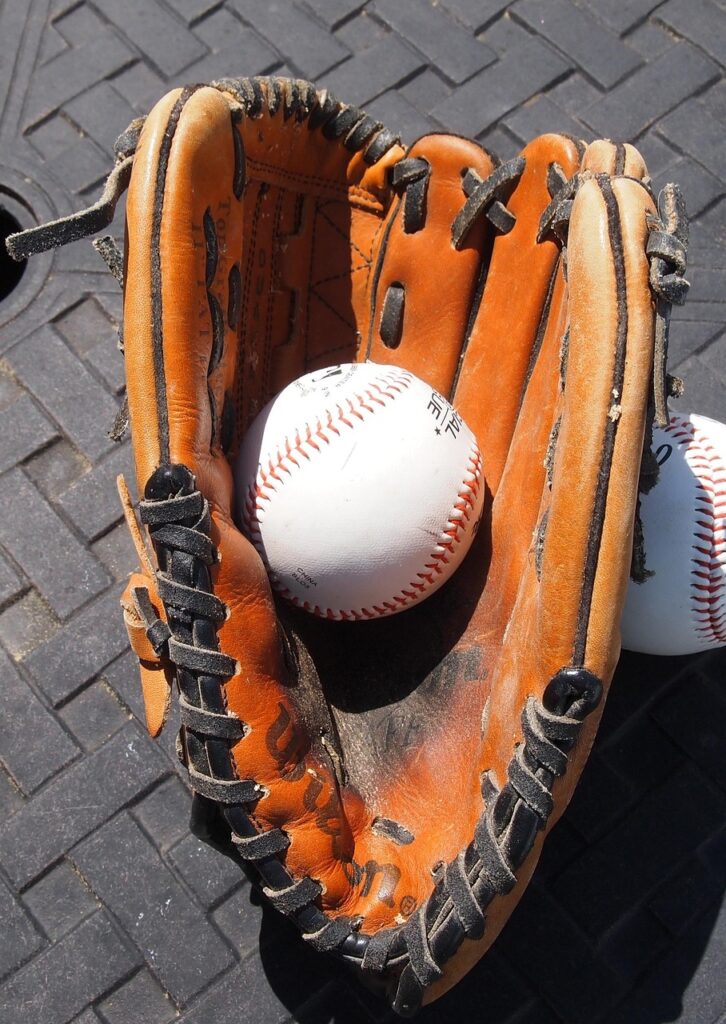
6. **The Philadelphia Phillies: A Raucous Ride to the World Series**The 1993 Philadelphia Phillies embarked on an improbable journey that defied all expectations, transforming from ‘NL East cellar dwellers the year before’ into National League champions. Their ‘roadmap to the NLCS was a much smoother ride’ than the Giants’ tumultuous path, as they ‘quickly gelled itself together, finishing comfortably ahead of the talented yet evolving Montreal Expos.’ This dramatic turnaround was fueled not just by talent, but by a distinct and unapologetically raucous team personality that captivated fans and frustrated opponents alike.
The Phillies were characterized by their colorful and often unruly roster, a ‘cohesive yet raucous bunch’ that embraced their underdog status. The release of clean-shaven slugger Dale Murphy prompted first baseman John Kruk to famously quip, ‘There goes the last bit of sanity on the ballclub,’ perfectly encapsulating the team’s rebellious spirit. Key offensive contributors included ‘center fielder Lenny Dykstra, who furnished a strong spark for the offense by batting .305 with 143 runs—most in the NL since 1932; Kruk (.316 average, 100 runs); and catcher Darren Daulton (24 home runs, 105 RBIs),’ forming a potent and eccentric core.
The team’s identity was arguably most embodied by Mitch ‘Wild Thing’ Williams, their unorthodox closer. He was an ‘effective closer as proven by his 43 saves,’ but his erratic control made every appearance a nail-biting spectacle, often leading to moments where ‘when he wasn’t in control, ouch.’ Williams played a pivotal, albeit sometimes chaotic, role in the National League Championship Series against the formidable Atlanta Braves. Despite blowing crucial save opportunities after relieving starter Curt Schilling—who was ‘later named the series’ MVP with a 0.69 ERA—and a 0-0 record’—Williams nevertheless saved two games and was credited with two wins. Ultimately, ‘Despite being out-hit and out-pitched, the Phillies extinguished the Braves’ blazing momentum,’ winning three straight games after falling behind 2-1 to ‘finish Atlanta off’ and punch their ticket to the World Series, a testament to their grit and unconventional charm.
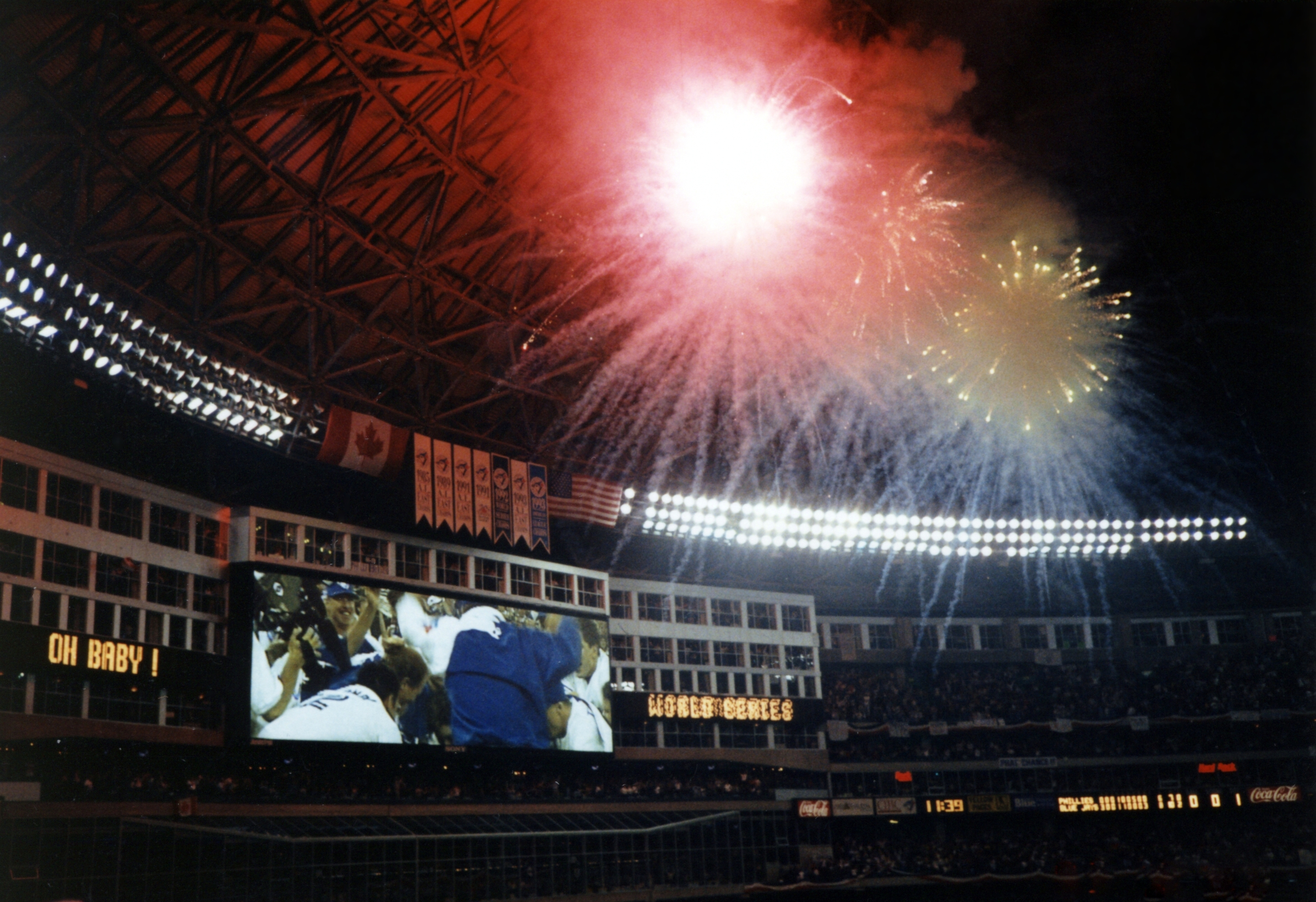
7. **The Toronto Blue Jays: Repeating as World Champions**The narrative of the 1993 MLB season extended beyond the National League’s intense pennant race, culminating in a dominant performance by the Toronto Blue Jays, who successfully defended their World Series title. After years of building a formidable roster, the Blue Jays had broken through in 1992, becoming baseball’s first international champions. In 1993, they demonstrated that their previous triumph was no fluke, once again emerging as AL East leaders with relative ease, showcasing their seasoned experience and formidable roster.
Toronto’s path to the Fall Classic involved overcoming a strong American League Championship Series opponent in the Chicago White Sox. The White Sox, having steadily improved over four years, had finally and comfortably secured first place in the AL West, boasting the league’s stingiest pitching staff and an offense centered around massive young superstar Frank Thomas. However, the experience of the defending champions proved too much for the upstart White Sox, who succumbed in six games, underlining the Blue Jays’ composed and strategic play under pressure.
The Blue Jays’ offensive firepower was a significant factor in their repeated success. While their pitching staff was described as ‘average,’ it was ‘well compensated for by a devastating offense.’ Key contributors included Devon White, who provided ‘116 runs, 34 stolen bases,’ and Roberto Alomar, who batted ‘.326 average, 55 stolen bases,’ setting the table for power hitters. The tandem of Joe Carter, with ’33 home runs, 121 RBIs,’ and Paul Molitor, batting ‘.332 with 22 home runs and 111 RBIs,’ consistently delivered crucial runs. Molitor, in particular, savored the chance to play for a champion after ’15 years of opportunity in Milwaukee passed him by,’ a departure that reportedly influenced Brewers star Robin Yount’s decision to retire.
A surprising and impactful boost came from the 24-year-old first baseman John Olerud. A left-handed hitter, and remarkably, a survivor of a college brain aneurysm, Olerud ‘achieved sudden attention by exploding to the top of the statistical charts.’ He batted a remarkable ‘.400 at the All-Star break before “slumping” to a season-ending .363 mark,’ exceeding expectations for a player ‘who figured he provided only garden-variety power.’ His 24 home runs, 107 RBIs, 54 doubles, and 114 walks underscored his pivotal role in Toronto’s relentless offensive attack, making the Blue Jays a truly complete and dominant championship team once more.

8. **Joe Carter’s Iconic Walk-Off Home Run**The 1993 World Series between the Toronto Blue Jays and the Philadelphia Phillies was a high-scoring affair, a ‘merging of two offensive powers’ that ‘proved to be no letdown.’ Both teams scored ‘runs in record bunches,’ setting the stage for one of baseball’s most iconic and dramatic moments. Game Four alone provided enough excitement to ‘adequately feed an entire series,’ ending in a seesaw 15-14 Toronto victory that hinted at the thrilling conclusion to come.
As the series progressed, the Blue Jays held a three-games-to-two lead, returning home to Skydome for Game Six. However, the Phillies, known for their gritty resilience, found themselves ahead 6-5 in the bottom of the ninth inning. The formidable Mitch Williams, Philadelphia’s ‘Wild Thing’ closer, was summoned to the mound, tasked with securing the save and forcing a decisive seventh game, keeping Philadelphia’s championship hopes alive.
With one out, Williams allowed two runners to reach base, setting the stage for Joe Carter, Toronto’s powerful slugger. On a 2-2 pitch, Williams ‘fired a fastball low,’ but it was ‘not low enough to keep Carter from golfing it into the left-field bleachers.’ The monumental blast sent Skydome into a frenzy, instantly clinching the World Series for the Blue Jays and marking an indelible moment in baseball lore.
Joe Carter’s walk-off home run was not merely a game-winner; it represented ‘the only time one swing brought a team from behind and into the clubhouse with a Series triumph.’ This historic feat solidified Toronto’s place in baseball history as back-to-back champions, a triumph ‘clinched at home and in their final at-bat’ that ‘felt all the more sweet.’ Paul Molitor, who enjoyed a stellar series with a ‘.500 batting average (including two doubles, two triples and two home runs),’ earned Series MVP honors, adding another layer of individual excellence to a team achievement defined by collective might and one unforgettable swing.
9. **Mitch “Wild Thing” Williams: From Hero to Scapegoat**The 1993 World Series, while culminating in triumph for the Toronto Blue Jays, delivered a devastating personal narrative for Philadelphia Phillies closer Mitch ‘Wild Thing’ Williams. Known for his erratic yet effective style, Williams had been a ‘pivotal catalyst in the Phillies’ success’ throughout the season, recording ’43 saves’ and playing a key role in their National League Championship Series victory over the Atlanta Braves. His wildness, however, often led to moments where ‘when he wasn’t in control, ouch,’ a characteristic that would tragically define his final moments on the biggest stage.
During the NLCS, Williams had already shown flashes of vulnerability, blowing save opportunities despite ultimately being credited with two wins and two saves as the Phillies ‘extinguished the Braves’ blazing momentum.’ His teammates, notably starter Curt Schilling, who was ‘later named the series’ MVP with a 0.69 ERA—and a 0-0 record,’ reportedly ‘boiled over the scenarios Williams had made of his efforts.’ This simmering tension within the clubhouse hinted at the fragility of his hero status, which would shatter spectacularly in the World Series.
The defining moment came in Game Six when Williams surrendered Joe Carter’s walk-off home run, sealing the Blue Jays’ championship. This single pitch transformed Williams into the ‘categorical Phillies goat,’ as he endured ‘losing twice while sporting an abysmal 20.25 ERA’ in the series. The postscript to his World Series performance was profoundly discouraging, reaching far beyond the confines of the ballpark.
Williams’ teammates, still led by Schilling, ‘publicly grumbled behind his back,’ creating an unbearable atmosphere. Far worse, ‘fans’ terrorized his residence, ‘phoning in death threats and egging his front windows,’ vilifying his World Series performance while seemingly forgetting his ‘exceptional efforts that helped get the Phillies there.’ In a ‘fit of mercy,’ the Phillies traded Williams to Houston during the offseason. Psychologically damaged by the intense backlash, ‘Wild Thing would never be the same, bouncing from one team to the other before giving it up for good in 1997,’ a poignant and tragic end to a career marked by both brilliance and profound vulnerability.
10. **The Tragic Spring Training Accident of the Cleveland Indians**Beyond the dramatic pennant races and postseason heroics, the 1993 MLB season was tragically marked by an unforeseen disaster during spring training that sent shockwaves through the baseball community. On March 22, three Cleveland Indians pitchers — Tim Crews, Steve Olin, and Bob Ojeda — were granted a day off from their rigorous training schedule. What began as a recreational outing on Little Lake Nellie, Florida, quickly turned into a profound tragedy, underscoring the unpredictable fragility of life.
The boat carrying the three players crashed into a dock, resulting in immediate and devastating consequences. Steve Olin ‘dies instantly from head injuries,’ a heartbreaking loss that stunned his teammates and the league. Tim Crews, severely injured in the accident, ‘dies the next day in the hospital,’ doubling the sorrow for the Indians organization. Bob Ojeda, the third pitcher involved, ‘suffers serious scalp injuries but will fully recover’ physically, though the emotional scars would prove far more enduring.
A somber detail of the accident involved Indians’ All-Star second baseman Carlos Baerga, who ‘was invited by the three pitchers to join them, but family business kept him from showing up.’ This twist of fate highlighted the randomness of the tragedy and the close bonds within a baseball team. Ojeda, the lone survivor, returned to the mound to pitch nine games in 1993, a testament to his resilience. However, the profound trauma of the event ‘haunted to the point that he refused to talk about it,’ illustrating the deep and lasting psychological impact of the loss of his friends and teammates.
This devastating incident served as a stark reminder of the personal costs that can accompany the professional sporting life. The sudden loss of two promising players in such a tragic manner cast a pall over the start of the 1993 season, reminding everyone that even amidst the high stakes and competitive fire of Major League Baseball, life’s unpredictable challenges can emerge with heartbreaking force, leaving an indelible mark on those left behind.
11. **Jose Canseco’s Unforgettable, Head-Scratching Season**The 1993 season was a uniquely tumultuous and, at times, humiliating one for Texas Rangers slugger Jose Canseco, marked by an astonishing miscue and an ill-fated pitching experiment. Canseco, known for his prodigious power and flamboyant persona, endured an ’embarrassing road trip in the last week of May that will also prove to be the last of his season,’ a series of events that began with an almost comical defensive blunder.
In Cleveland, during a game against the Indians, Carlos Martinez hit a deep fly ball towards Canseco in right field. In a moment that has since become a staple of baseball blooper reels, Canseco ‘misplays the ball — bouncing off his head and over the right-field fence for a home run.’ This bizarre play, a ‘head-bounced home run,’ epitomized an unfortunate stretch for the slugger and became an instant, if regrettable, highlight of the season, showcasing a moment of profound misjudgment.
Perhaps seeking to redeem himself or simply to fill a depleted bullpen, Canseco ‘volunteers to pitch for a depleted Rangers bullpen three days later during the ninth inning of a 15-1 loss at Boston.’ This audacious move, born out of necessity or perhaps a desire to contribute in any way possible, saw him throw ’33 pitches and give up three runs on two hits and two walks.’ While a noble, if unconventional, effort, it came at a significant personal cost.
The brief stint on the mound, however, proved disastrous for Canseco’s season. The ‘work on the mound’ was later determined to be ‘responsible for a ligament tear that’s soon discovered in Canseco’s right elbow,’ a debilitating injury that ‘forcing him out for the rest of the year.’ This sequence of events, from a defensive gaffe leading to a unique home run to an injury sustained while pitching in a blowout, encapsulated a season of extraordinary and unfortunate events for one of baseball’s most recognizable stars.
Read more about: Seriously, Where Did They Go? 13 Famous Athletes Who Vanished From the Headlines (And What They’re Up To Now!)
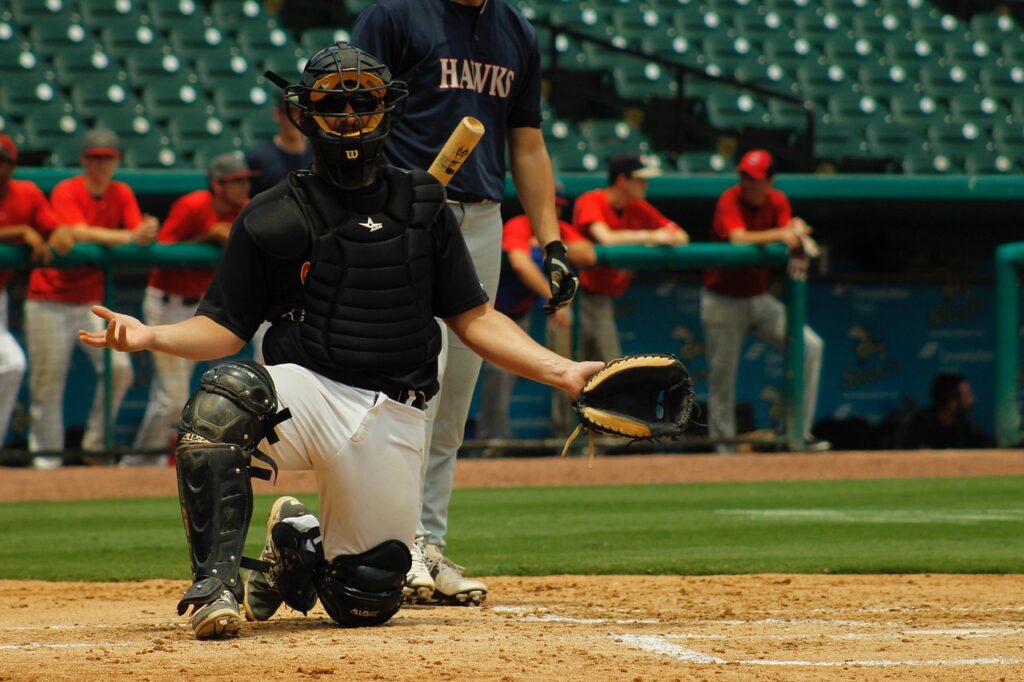
12. **Nolan Ryan’s Fiery Farewell and the Ventura Brawl**The 1993 season marked the illustrious curtain call for one of baseball’s most legendary figures, Nolan Ryan, as he embarked on his ’27th and final season of his illustrious career.’ The Texas Rangers’ flamethrower was a living legend, but his final year would be remembered not just for his expected retirement, but for an explosive and unforgettable on-field confrontation that underscored his fierce competitive spirit right to the very end.
Ryan’s season, initially planned to span a full schedule, was prematurely cut short when he ‘tears an elbow ligament in the first inning of a September 22 start at Seattle against the Mariners,’ forcing him to ‘bow out a few starts earlier than expected.’ This injury prevented him from a fairytale finish, though his career was already replete with records, including his ‘5,707th and last strikeout’ on September 17 against the California Angels’ Greg Myers, a final statistical punctuation mark on an unparalleled pitching journey.
However, the ‘most memorable moment of the year’ for Ryan would not be a strikeout or his final appearance, but a shocking brawl that captivated the baseball world. On August 4, at Arlington, Texas, Ryan ‘beans the Chicago White Sox’ third baseman Robin Ventura,’ igniting a furious charge from Ventura towards the mound. Despite the age and perceived physical disparity, the 46-year-old Ryan, undeterred, met Ventura’s charge head-on.
The indelible image that everyone remembers is of Ryan ‘taking on Robin Ventura in a brawl,’ delivering ‘six more’ punches ‘in the face after placing Ventura in a headlock position.’ In a display of sheer defiance and an almost unbelievable turn of events, ‘Ventura is ejected and Ryan is not,’ leaving an enduring legacy of the ‘Ryan Express’ as a warrior unwilling to yield, even in his twilight. This raw, unscripted moment perfectly encapsulated the enduring fire and competitive ferocity that defined Nolan Ryan’s extraordinary career, making his final season truly unforgettable.
The 1993 Major League Baseball season, as chronicled through these remarkable narratives, truly represented ‘A Final Curtain’ for an age of raw, unadulterated baseball drama. From the relentless pursuit of a singular playoff berth in the National League to the Toronto Blue Jays’ historic championship repeat, and from the tragic depths of a spring training accident to the indelible personal dramas played out on the field, 1993 offered a tapestry of human emotion and athletic endeavor. It was a year that saw legends cement their status, underdogs rise, and the very rules of the game begin to shift with the impending wild card era, making it a pivotal and profoundly memorable chapter in the rich history of America’s pastime. The echoes of its dramas, triumphs, and heartbreaks continue to resonate, reminding fans of a time when every game, every play, and every story carried an extraordinary weight.

